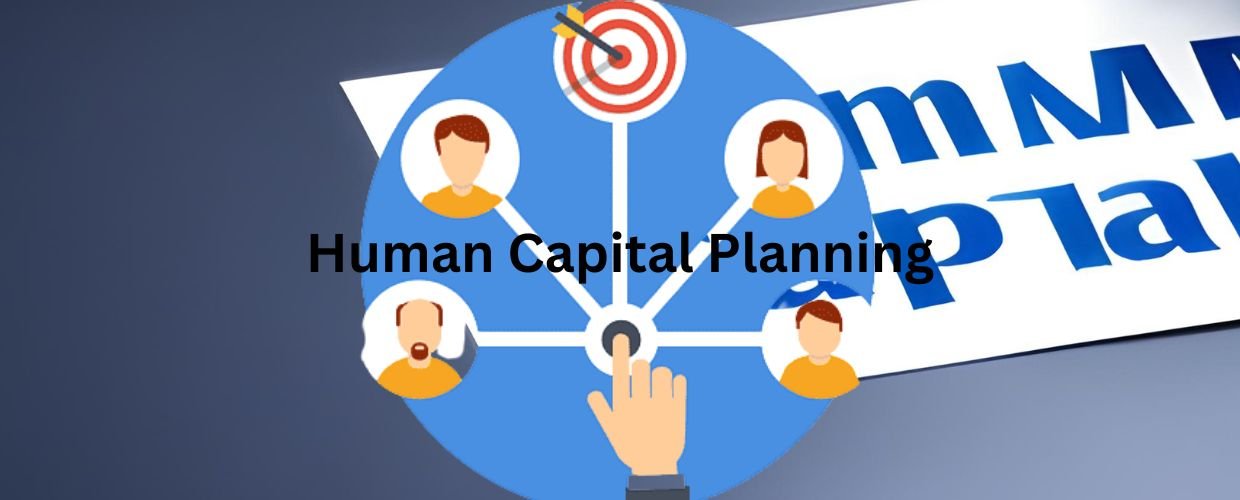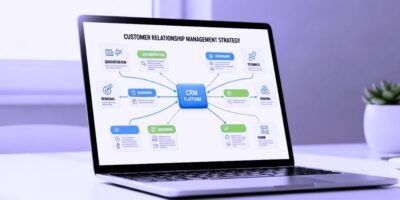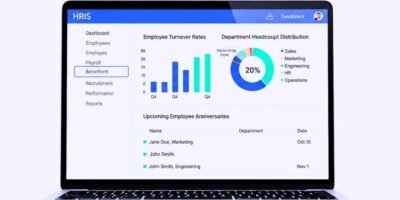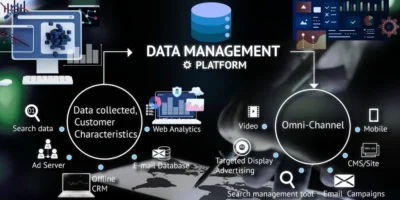In today’s rapidly changing business landscape, organizations must recognize the critical importance of their human capital—their employees’ collective knowledge, skills, abilities, and potential. Human capital planning is a strategic process that enables companies to align their workforce with their overall business objectives. Organizations can gain a competitive advantage and drive long-term success by focusing on attracting, developing, and retaining top talent. This article will explore the concept of human capital planning, its benefits, key considerations for effective implementation, and practical steps to develop a robust human capital plan.
Understanding Human Capital Planning
Human capital planning encompasses the systematic identification, assessment, and development of an organization’s talent pool to ensure it has the right people in the right positions at the right time. It involves analyzing the current and future workforce needs, aligning them with the organization’s strategic goals, and implementing strategies to bridge gaps. Human capital planning recognizes employees as valuable assets and optimizes their potential to achieve organizational objectives.
The Benefits of Human Capital Planning
Human capital planning is a crucial process that helps organizations strategically manage their workforce and talent.
Talent Acquisition and Retention
Human capital planning helps organizations identify the skills and competencies required to achieve their strategic objectives. Organizations can proactively recruit and retain top performers who align with their long-term goals by understanding their talent needs and reducing turnover and associated costs. Effective recruitment strategies and employer branding efforts ensure that organizations attract and retain the right talent.
Succession Planning
Effective human capital planning enables organizations to identify high-potential employees and develop succession plans for key positions. By cultivating a pipeline of future leaders, companies can ensure a smooth transition during retirement, promotion, or unforeseen departures. Succession planning involves identifying critical roles, assessing internal talent, providing developmental opportunities, and creating career paths to prepare employees for future leadership positions.
Skills Development
Human capital planning focuses on identifying skill gaps within the organization and implementing training and development programs to bridge those gaps. This proactive approach ensures that employees have the necessary competencies to perform their roles effectively, promoting growth and innovation within the company. Organizations can provide training through various methods, such as workshops, e-learning platforms, mentoring, and coaching, tailored to individual and organizational needs.
Improved Performance and Productivity
Human capital planning enhances workforce performance and productivity by aligning people with the right roles. When employees are engaged, motivated, and equipped with the skills needed for their jobs, they are more likely to contribute to organizational success. Regular performance evaluations, feedback mechanisms, and recognition programs can further drive performance and create a culture of continuous improvement.
Key Considerations for Effective Human Capital Planning
One of the key considerations for effective human capital planning is to take a strategic and long-term approach that aligns with the organization’s goals and objectives.
Strategic Alignment
Human capital planning should be closely linked to the organization’s strategic plan. Understanding the business goals and objectives is crucial to identifying the skills and competencies required. Regular collaboration between HR professionals and key stakeholders ensures that human capital planning aligns with the company’s strategic direction. This alignment enables HR to contribute effectively to business decisions and anticipate future talent needs.
Data-Driven Approach
Human capital planning requires the collection and analysis of relevant workforce data, such as demographics, skills inventory, performance evaluations, and employee feedback. This data-driven approach helps identify trends, anticipate future needs, and make informed decisions about talent acquisition, development, and deployment. HR professionals can leverage human resources information systems (HRIS), analytics tools, and surveys to gather and analyze data, enabling evidence-based decision-making.
Flexibility and Adaptability
Organizations must recognize that human capital planning is an ongoing process that should adapt to changing business dynamics. Technological advancements, market shifts, and workforce demographics can impact talent requirements. Organizations can remain agile and responsive to emerging challenges and opportunities by regularly reviewing and adjusting the human capital plan. This adaptability ensures that the workforce remains relevant and can drive organizational success.
Collaboration and Communication
Effective human capital planning involves collaboration and open communication between HR professionals, managers, and employees. It ensures that all stakeholders are involved in the process and that their insights and feedback are considered. Transparent communication about the organization’s talent strategy fosters employee engagement and trust. Regular meetings, feedback sessions, and employee surveys can facilitate effective communication and ensure that the human capital plan aligns with the needs and aspirations of the workforce.
Practical Steps to Develop a Robust Human Capital Plan
Developing a robust human capital plan requires a systemic approach to identify key talent needs, assess current workforce capabilities, and implement targeted development and retention strategies.
Conduct a Workforce Analysis
Begin by assessing the current state of your workforce. Identify the skills, competencies, and experience required for each role within the organization. Analyze the workforce demographics, including age, gender, and diversity, to understand potential gaps and opportunities.
Align with Strategic Objectives
Determine how your organization’s strategic goals and objectives align with the workforce requirements. Identify the critical roles and competencies needed to drive the business forward. Ensure that your human capital plan supports the organization’s overall strategic direction.
Forecast Future Talent Needs
Anticipate future talent requirements by considering industry trends, technological advancements, and organizational growth plans. Project the skills and competencies that will be crucial in the future and identify any potential talent shortages or surpluses.
Develop Recruitment and Selection Strategies
Based on the identified talent needs, develop effective recruitment and selection strategies. Define the target candidate profiles, craft compelling job descriptions, and leverage diverse sourcing channels to attract top talent. Implement comprehensive selection processes to assess candidates’ suitability for the desired roles.
Implement Training and Development Programs
Design and implement training and development initiatives to address skill gaps and enhance employee competencies. Provide employees continuous learning and growth opportunities through workshops, seminars, online courses, mentorship programs, and career development plans.
Conclusion
Human capital planning is a strategic approach to managing and optimizing an organization’s workforce. Organizations can create a competitive advantage, drive innovation, and achieve long-term success by aligning talent acquisition, development, and retention with the company’s strategic goals. With a focus on strategic alignment, data-driven decision-making, flexibility, collaboration, and practical steps to develop a robust human capital plan, organizations can unlock the full potential of their workforce and navigate the complexities of the modern business landscape. Organizations can build a sustainable advantage and thrive in an ever-evolving marketplace by investing in their people.













